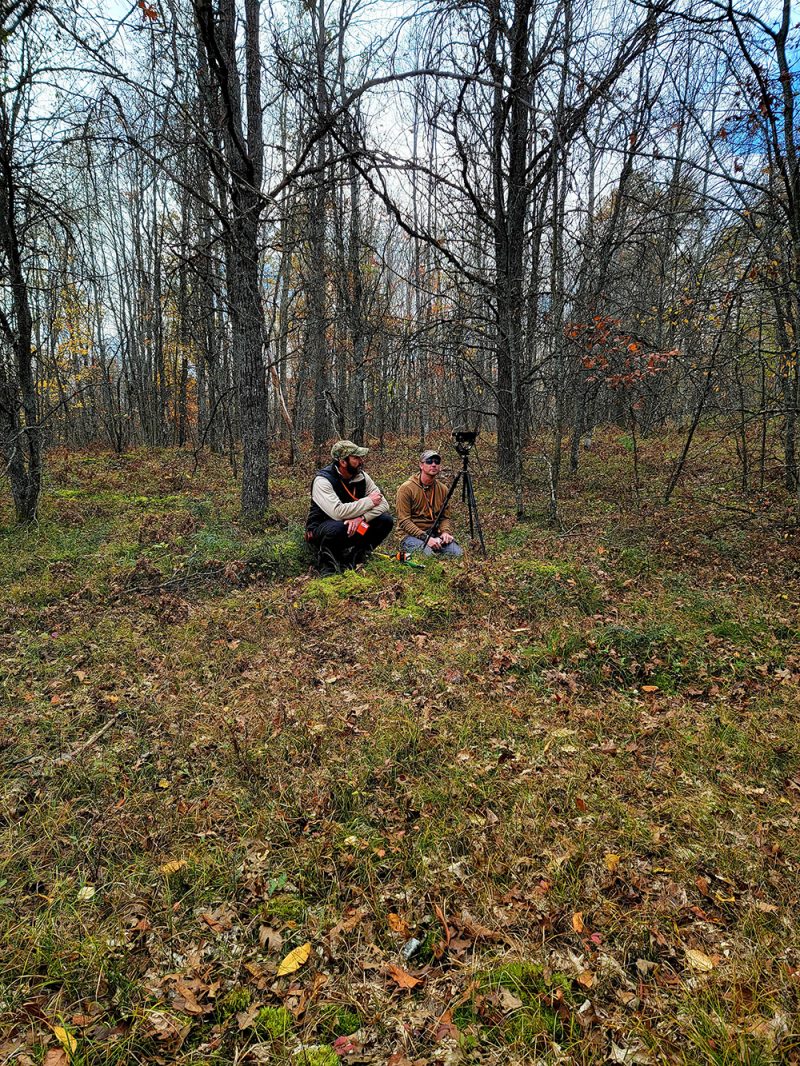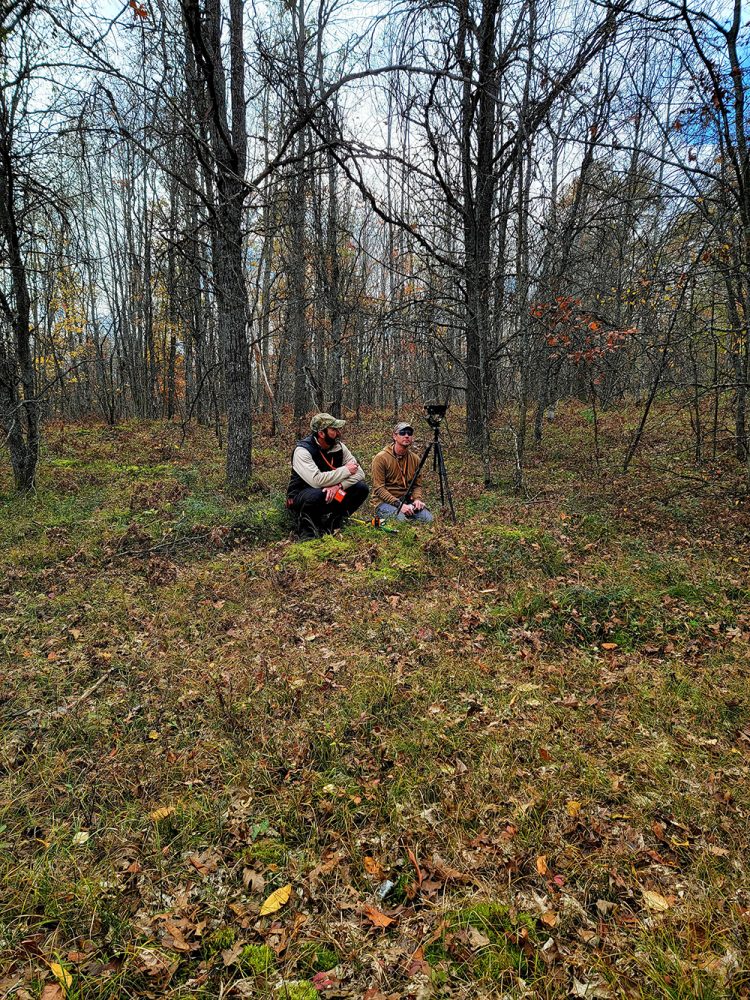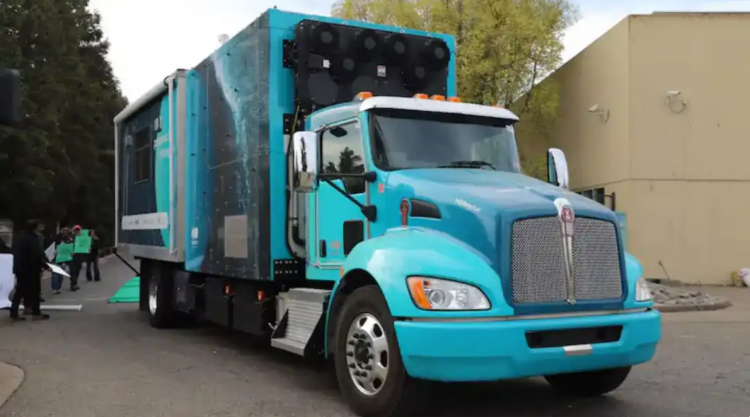#39: Global Forest Modeling Toolkit: Mission-critical intelligence about vegetation around the world
Forests cover nearly a third of the Earth’s land surface and present multiple challenges to military forces. Dense trees restrict mobility, limit surveillance, impede air support and degrade communication. But not all forests are the same. To best counter these difficulties, leaders need detailed information about vegetation attributes, such as canopy cover, stem diameter and…
Read MorePodcast: Play in new window | Download







Recent Comments